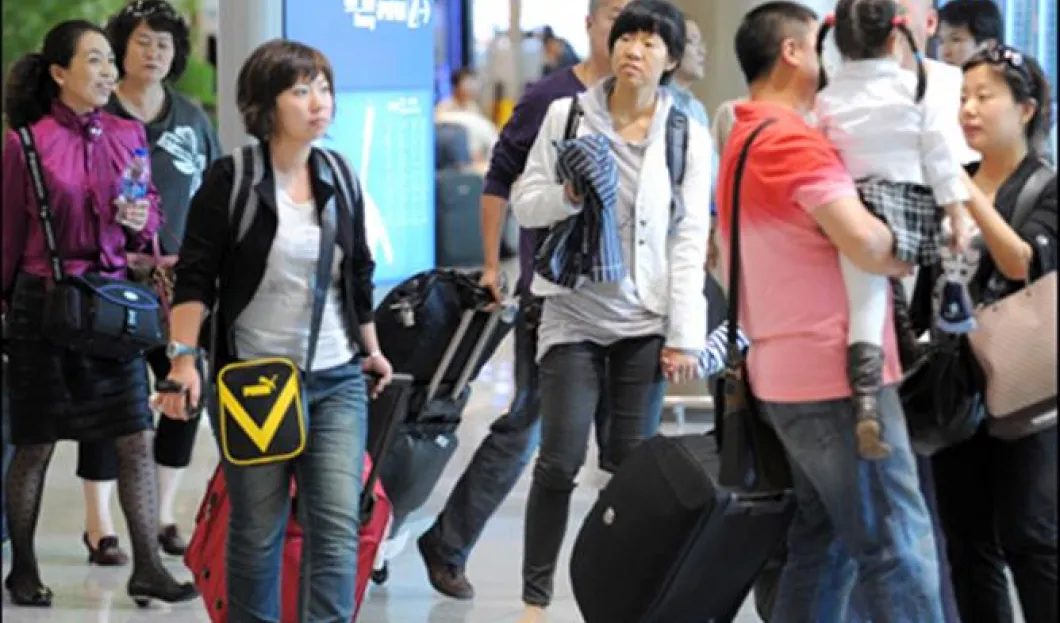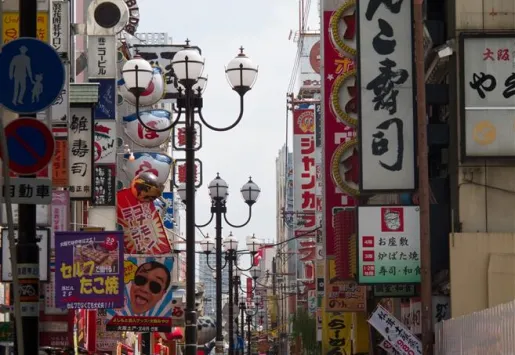
The sudden decrease of inflow of Chinese tourists is troubling Japanese tourism sector. Statistically, Japan had been doing well in the first half of 2016. The country registered an inflow of 11.7 million people and an increase of 28.2% compared to last year, according to the Japan National Tourism Organization. Chinese tourists represented a significant part of this inflow, with 3.1 million of them visiting Japan from January to June. But now it seems that the Chinese ecstasy for Japan has come to an end.
“Chinese tourists are a vital group of foreign visitors to Yanaka Ginza, a business street in Tokyo. But in the past two months the number of Chinese tourists has fallen,” said Seki Syouhei, the owner of a shop selling tea sets in Yanaka Ginza. The rise of the yen is widely regarded as the main reason for the sudden stagnation. In the first half of 2016, the yen strengthened by about 30 percent against the yuan.
Other than that, Chinese tourists seem to have changed their interest regarding shopping. In the past they came to Japan to buy luxury bags, cosmetics etc. However, now the revenues of Japanese department stores are falling. The total sales of the department stores in Japan reached 462.9 billion yen in May. This is a 5.1% decrease compared to last year.
Moreover, according to the JNTO from April to June, the average individual consumption of Chinese tourists was 219,900 yen ($2,148). This is a decrease of 22.9% compared to 2015.
Another reason for this rapid decline in purchases is the new tax on overseas purchases announced by the Chinese government. The tax was supposedly issued to encourage domestic spending, but it also affected several famous Japanese brands whose sales went down.
Tourism authorities in Japan are now trying to attract the Chinese tourists to less known rural areas. Minami Awaji city, located about 70 kilometers from Kobe, the capital of Hyogo, is one of the examples. The city is promoting its sights on the Chinese market and improving its infrastructure. While the city has a beautiful landscape and hot spring resources, it lacks a public transportation system. Local stores are also somewhat limited and improvements are needed in this area.
Other than that Japanese enterprises are also trying to cooperate with Chinese markets, but the effect of all this remains to be unknown for now. Considering Japan’s rather moderate economic growth, improvements are expected.















